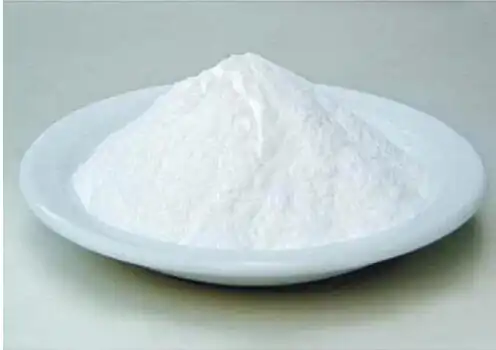Hebei Messi Biology Co., Ltd. stated that magnesite is a natural magnesium carbonate mineral and one of my country’s advantageous mineral resources. When magnesite is calcined, magnesium carbonate will decompose and release carbon dioxide gas. At the same time, magnesium oxide will also be generated. Time and calcination temperature are important factors affecting the activity of magnesium oxide. Low-activity magnesium oxide is not easy to hydrate, and the activation energy of the reaction will increase. Because magnesium hydroxide has the advantages of smoke elimination, flame retardancy, safe filling, and low price, it has become an important inorganic flame retardant with broad market prospects. At present, the common production routes of ultrafine magnesium hydroxide flame retardant are brucite crushing and sea (brine) water alkali method.

First, after being crushed by a ball mill, the magnesite is purified by reverse flotation and then by direct flotation. Reverse flotation is mainly to remove silicate minerals, while direct flotation is to remove calcium-containing minerals, as well as silicate minerals and other impurities that are not completely removed by reverse flotation. Sodium hexametaphosphate and water glass were used as inhibitors and oleic acid as collectors for positive flotation to effectively remove silicon, calcium minerals and other impurities. The contents of Si and Ca in the final product magnesium hydroxide obtained by calcination and hydration after flotation showed a significant decrease, especially the silicate impurities were basically completely removed, and the content of magnesium hydroxide reached 99.08%.
Secondly, the effects of calcination time and temperature on the activity of magnesium oxide were studied. Under the condition of thorough decomposition of magnesite, too long calcination time or too high temperature will lead to a decrease in the activity of magnesium oxide. At the same time, if the calcination time is too short, it will also lead to incomplete decomposition of magnesium carbonate. The activity of light-burned magnesium was determined by citric acid method and hydration method. XRD analysis confirmed that the calcined product was magnesium oxide. The experimental results also showed that the magnesium oxide obtained by calcination at 750℃ for 1.5h had the highest activity.
The magnesium oxide prepared in the experiment was hydrated to produce magnesium hydroxide, and the hydrate was determined to be magnesium hydroxide by X-ray diffraction. Through experiments, the hydration curves of magnesium oxide at 30°C, 50°C, and 70°C can be obtained, and the rate constants of the hydration reaction at various temperatures can be calculated. Then, according to the Arrhenius equation, the activation energy of magnesium oxide hydration is calculated to be approximately 60.7 KJ/mol, which belongs to the rate control of chemical reaction.
Finally, the effect of hydration reaction conditions on the morphology and particle size of the obtained magnesium hydroxide was investigated. The size of magnesium hydroxide particles was characterized by polarizing microscopy and dynamic image processing software, and scanning electron microscopy was used to observe the microscopic size and morphology of the product. Finally, it was found that the optimal reaction conditions for preparing ultrafine grade magnesium hydroxide by hydration of magnesium oxide were: 70°C, 2 hours, magnesium oxide suspension concentration of 0.5 mol/L, and no ethanol was added.
